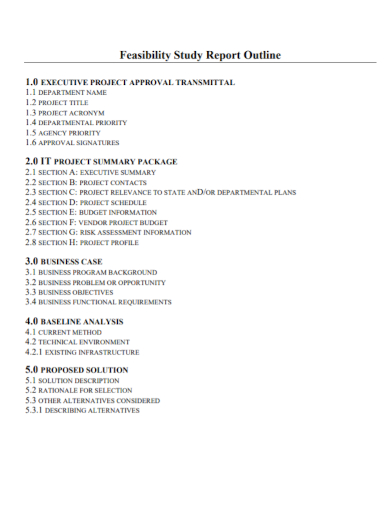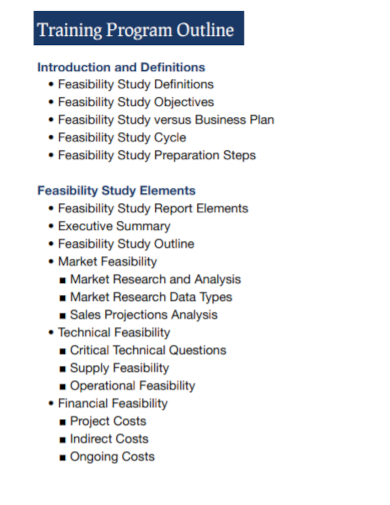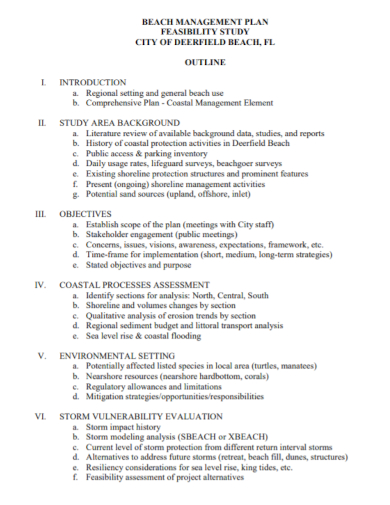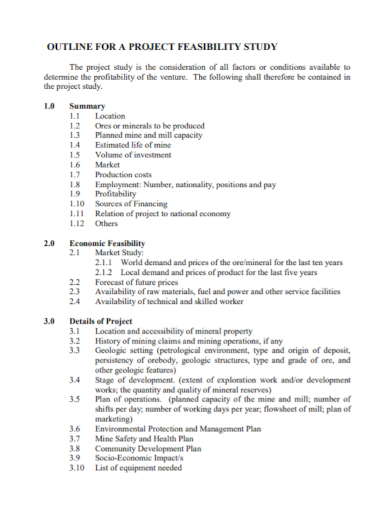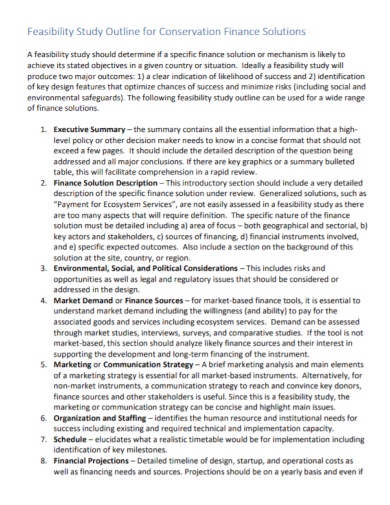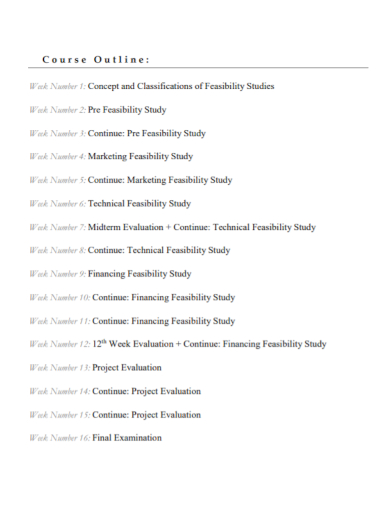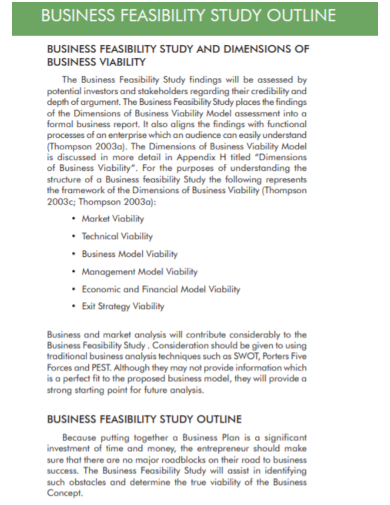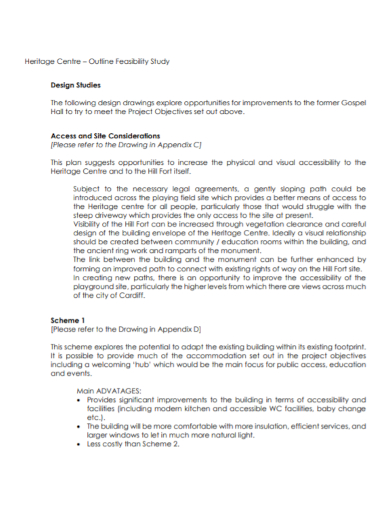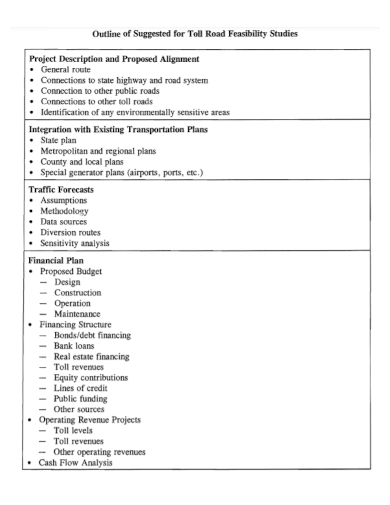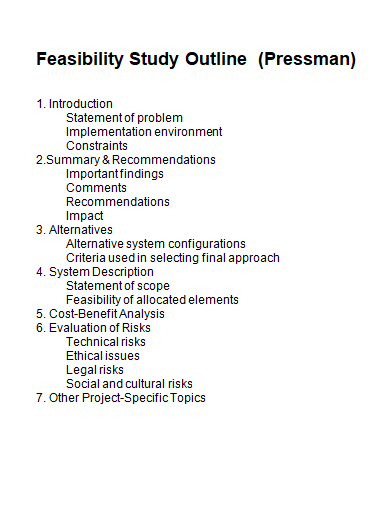Every project conducted requires time, effort, and a lot of valuable resources. In project development, developers are very careful in making sure that their projects will be fulfilled and could produce a significant return on investment. Of course, no project developer would want to see their project fail. That is why even before a project begins development, it is best to know early on whether a project has the potential to succeed or not. Scope out any possible problems you might encounter along the way and set parameters for any existing problems the project might have right now. There is one very effective way to make sure that you are investing on the right project, and that is by conducting a feasibility study. Feasibility studies make sure that everything you have invested will not go to waste and you can actually gain something from it.
Because it’s an essential document in developing a project, conducting a feasibility study actually covers a lot of components regarding your project. It’s a deep analysis that requires a lot of commitment to be able to get the best out of it. The fate of your project literally lies on the information within this document, so you have to make sure that it is factual, complete, and unbiased. Since it does have a lot of weight into it, writing a feasibility study might not even be close to being easy. That’s why we are here to provide much needed assistance to you. Listed below are feasibility outline samples that can help you get started with this undertaking, making sure that the project of your dreams is feasible enough. You can also use these as a guide or even as a template, for when you actually start the writing process.
10+ Feasibility Study Outline Samples
1. Feasibility Study Report Outline
2. Feasibility Study Outline
3. Feasibility Study Training Program Outline
4. Management Plan Feasibility Study Outline
5. Feasibility Project Study Outline
6. Finance Solution Feasibility Study Outline
7. Feasibility Study Course Outline
8. Business Feasibility Study Outline
9. Design Feasibility Study Outline
10. Road Feasibility Study Outline
11. Pressman Feasibility Study Outline
What Is a Feasibility Study Outline?
Feasibility studies are an essential document in the initial stages of a proposed project or plan. This document identifies, explores, and evaluates the project’s inner workings to save time and resources from being invested into an unsuccessful project. Unsuccessful projects may be due to a lot of reasons. One very common cause of project failure is the over-demand of resources, which not only takes resources from other projects the company is working on, but may also cost more for the company than what they would earn. And because it’s a more comprehensive document, some developers might use a feasibility study outline to help them draft a well written report. Feasibility study outlines are used to help developers through the whole writing process. However, not every feasibility reports are alike. It all depends on the scale, shape, size, and type of the project. The elements included in a report may vary according to the venture that is to be analyzed and market opportunities identified.
How to Write a Feasibility Study
A well-done feasibility study is based on the careful examination and assessment of all the important issues regarding the proposed project. Depending on the project itself, there may be additional items to be included in a feasibility study outline. So in short, there is no definite outline that you can follow in writing a feasibility study. The outline samples provided above should be more than enough in getting the gist of what a feasibility study outline should look like. You might even find one that fits your project perfectly, so feel free to inspect those samples one by one. In this section, we will be talking about the components that make up an effective feasibility study. We will discuss these components in detail below.
- Identify the project description
The first thing you will have to do is to determine the description of your project. You have to have a perfectly clear picture of your project and what the criteria for success is. It will allow you to write a compelling introduction for your study, making sure that the target audience will be convinced to continue reading your study right off the bat. Being perfectly clear with what your project is will also allow you to better isolate the best solutions that you will be taking. - Enumerate possible solutions
To properly do this step, you may have to perform an alternatives analysis to get a description of every solution that comes to your mind. These solutions are tentative alternatives therefore you still have to isolate the best ones by setting them against a set of evaluation criteria. - List evaluation constraints
After enumerating all the solutions, it is time to put those solutions against the evaluation constraints that you have established. These evaluation constraints should follow the criteria of success that you have identified early on. Doing so should isolate the best alternatives or solutions that the company can take, granted that it fits the desired criteria. Mapping out the best solution possible and eliminating the least feasible ones will allow you to make the most practical and logical decisions for your project. - Propose the most possible solution
Now that you have isolated and identified the best solution based on the criteria that you have established, use your knowledge, experience, and expertise in the field to present the solution in the best and most convincing way possible. Make sure that your audience, may it be your project supervisors or investors, realize that this solution will allow the company to stick to the optimal resource distribution while still gain the best possible benefits. - Conclusion
The last step in writing a feasibility report is writing a proper conclusion. Summarize the purpose and description of the project, and re-state the best possible solution that you have come up with. Explain why the company should choose to take your proposal by comparing statistics and data from past projects. Help them realize that this is the choice that they have been looking for.
FAQs
What are the components of a feasibility study?
In its most basic form, a feasibility study is composed of a definition of a problem or opportunity, an analysis if the current operation, a definition of requirements, an evaluation of alternatives, and an agreed upon course of action.
Why is feasibility study important in a project?
Feasibility studies are important because it helps with discerning the pros and cons of a proposed project or plan. The document also provides crucial information that could prevent the company from entering a risky venture.
What are the five types of feasibility studies?
Technical Feasibility. Economic Feasibility. Legal Feasibility, Operational Feasibility and Scheduling Feasibility.
The importance of a feasibility study relies on the desire of a company to get a project right. If they don’t care much about the project then a feasibility study may be just another corporate document. Make sure you don’t make the same mistake. It is always better to be well informed than going in blind. You might be a risk taker in life but don’t put the fate of your business on the line. Feasibility studies are and will always be a good step forward in project development.
Related Posts
FREE 10+ Juice Bar Business Plan Templates
FREE 10+ Scientific Research Report Samples
FREE 10+ Juice Bar Business Plan Templates
FREE 9+ Sample Manufacturing Project Reports
How to Write a Visit Report?
FREE 9+ Market Research Report Samples
FREE 9+ Investment Research Report Samples
FREE 9+ Recruitment Report Samples
FREE 5+ How to Write Investment Summary Samples
FREE 50+ Sample Reports
FREE 16+Trip Report Templates
FREE 13+ Sample Daycare Business Plan
FREE 13+ Technical Writing Samples
FREE 10+ Advertising Agency Business Plan Templates
FREE 9+ Sample Science Project Reports

